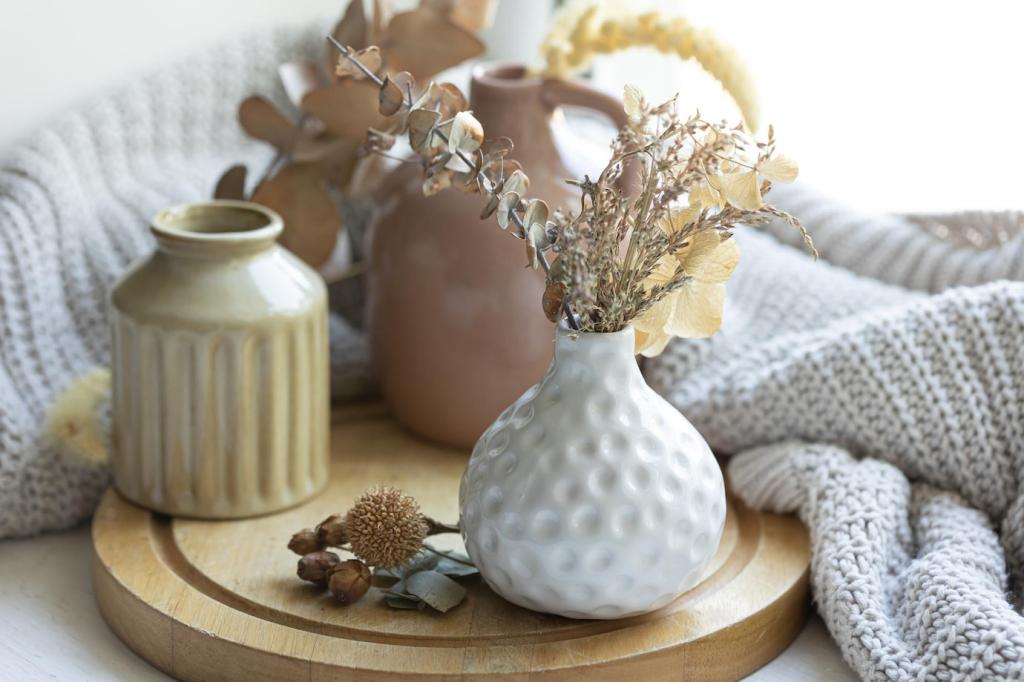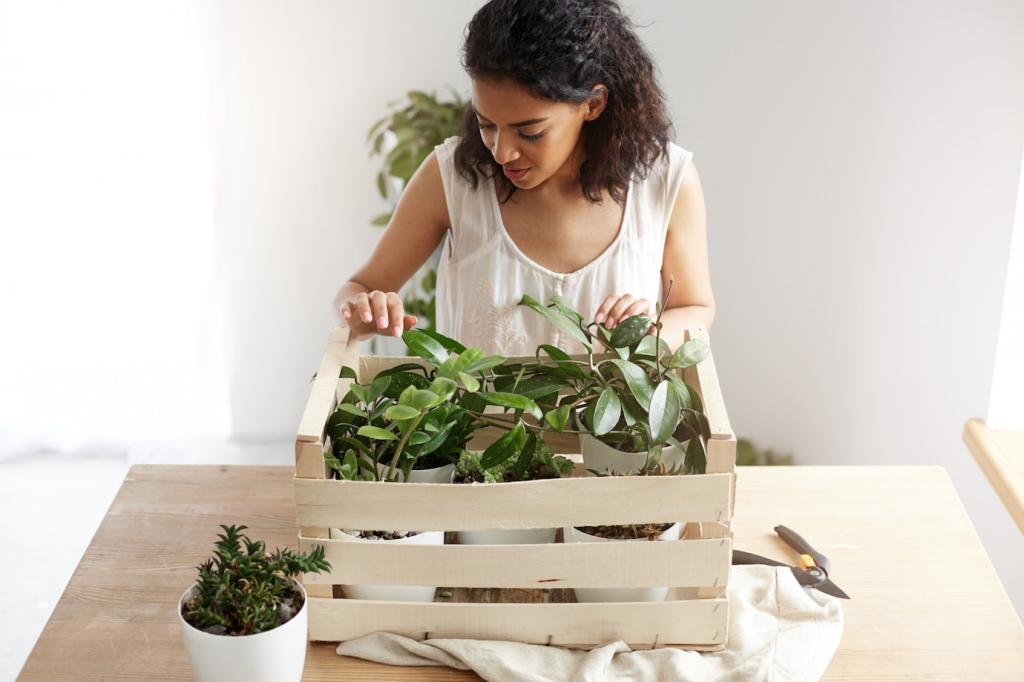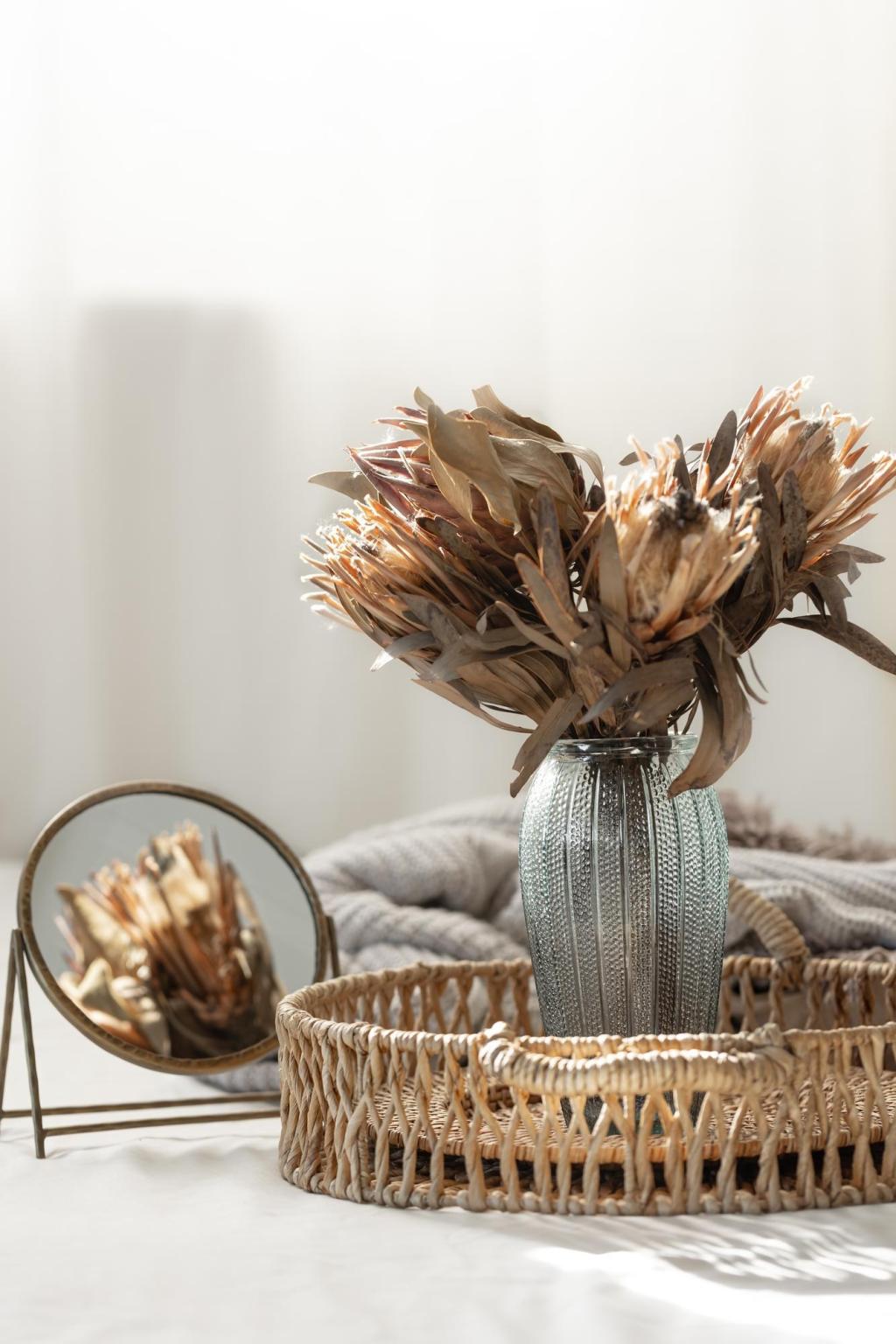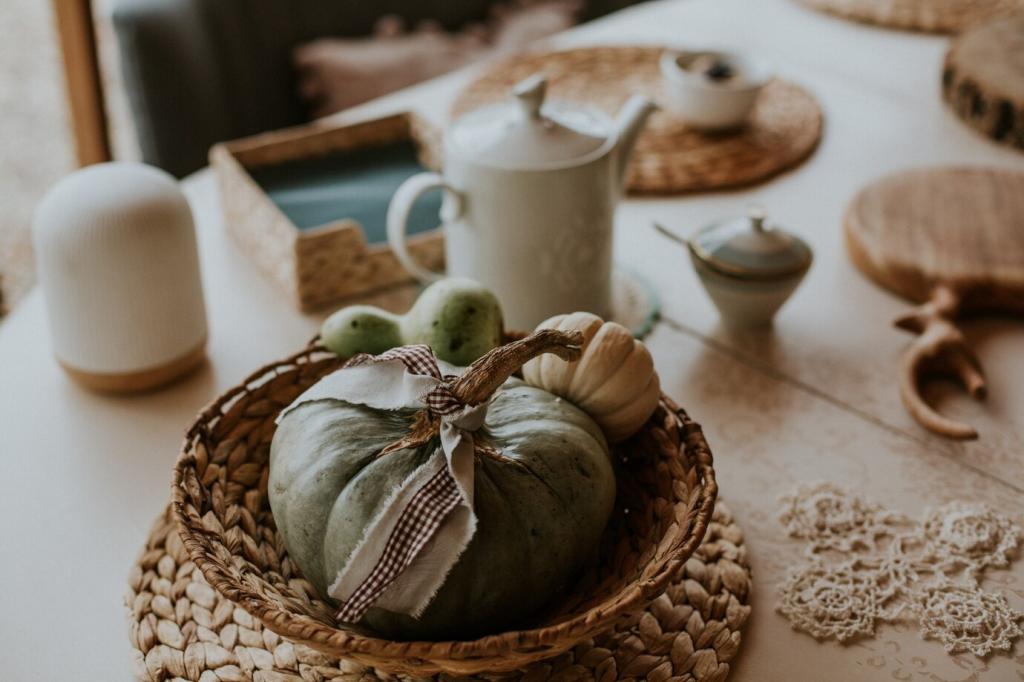Color and Finish Choices with Natural Paints
Mineral pigments can reveal beautiful, subtle undertones. A clay-tinted beige may lean rose at sunset, while a green oxide might feel serene in morning light. Test large swatches and observe throughout the day before committing.
Color and Finish Choices with Natural Paints
Matte hides imperfections, eggshell adds gentle scrub-ability, and new washable mattes offer the best of both. Ask for abrasion-resistance data, especially in hallways and kids’ rooms, to ensure your biodegradable choice suits daily life.










